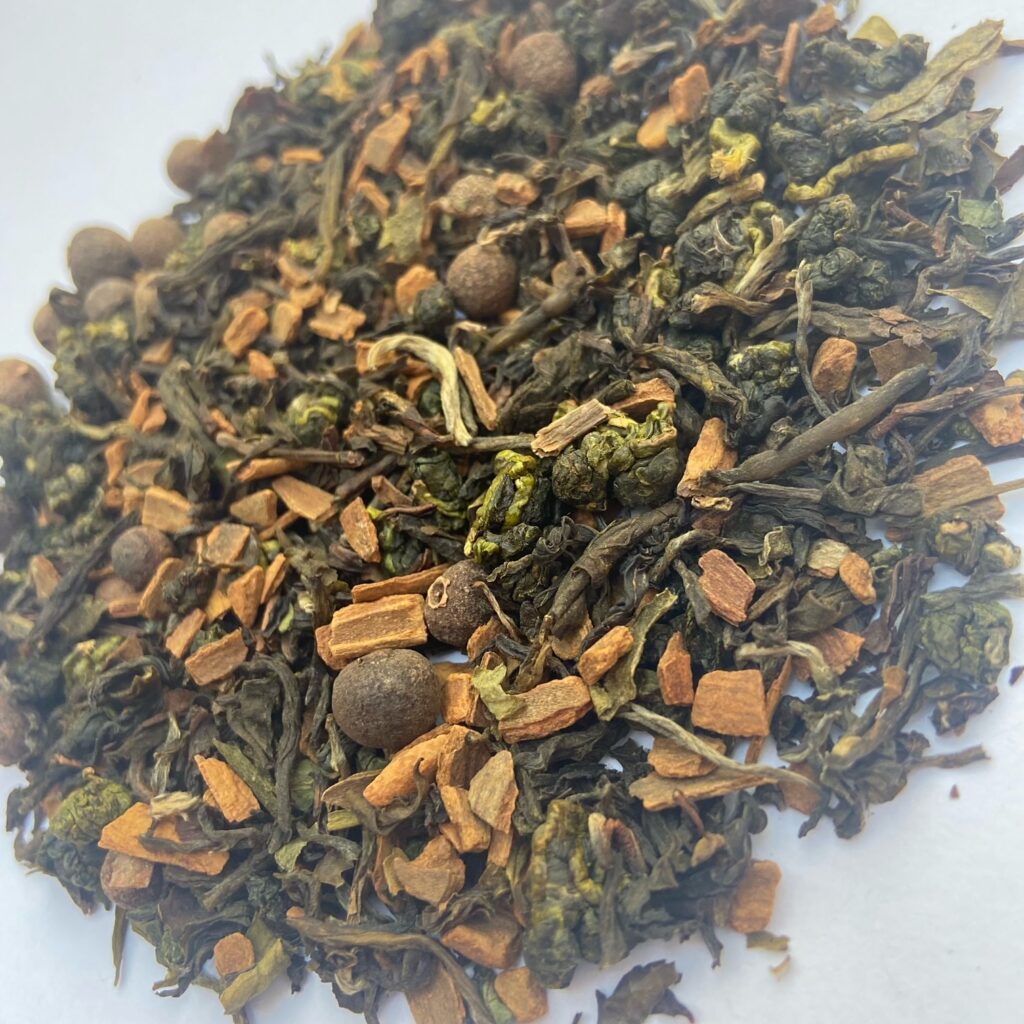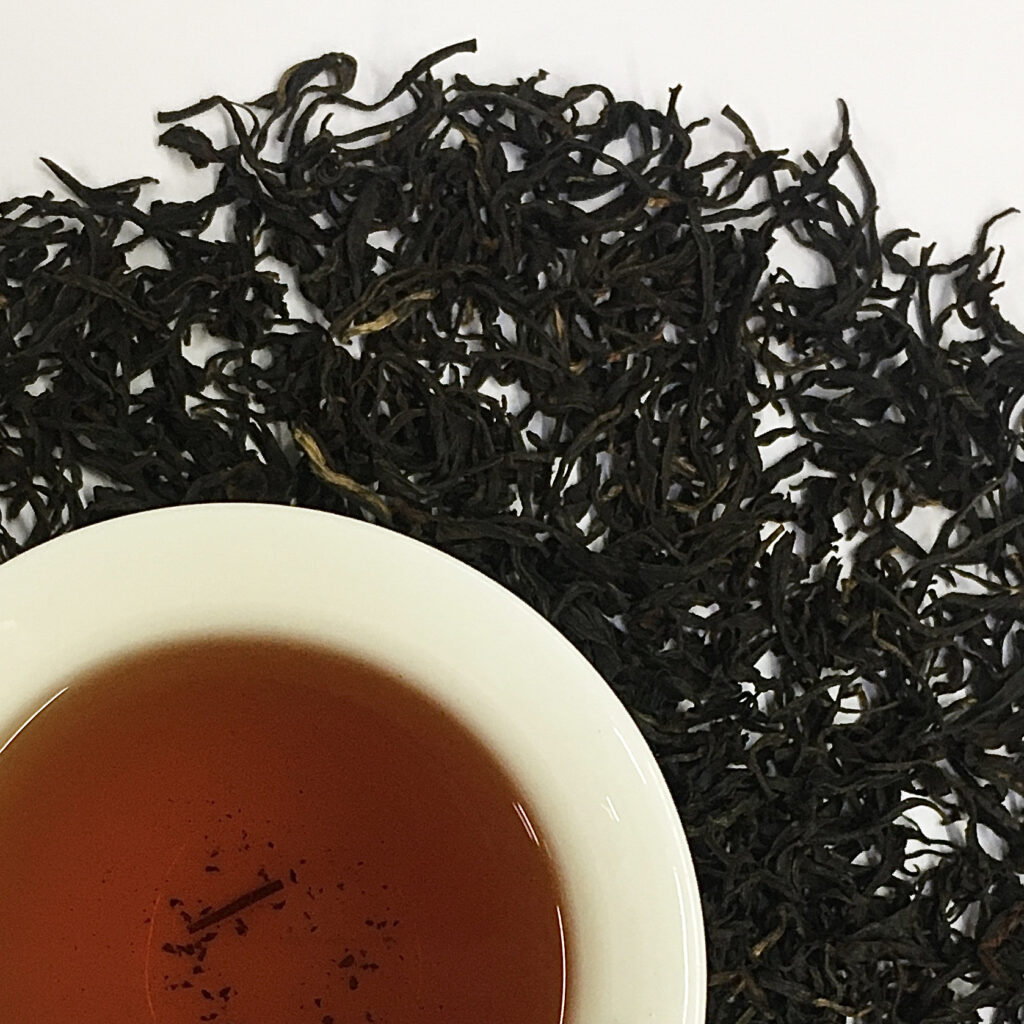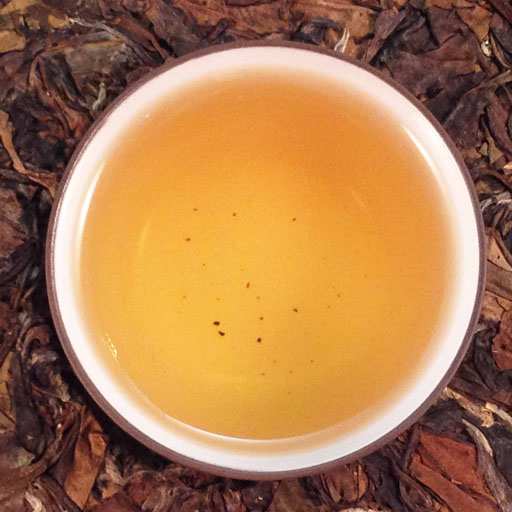On April Fool’s Day We Embrace Surprise. Add Tea to the Celebration.
We celebrate April Fool’s Day on Saturday. Prepare yourselves! Watch out for “sponge cake” made from … sponges. Plastic insects in glasses of Prosecco. Whoopee cushions under chairs.
Many of us think of April Fool’s Day as a relatively recent phenomenon, something that probably got started in the United States somewhere during the 20th century. But in fact, it could be nearly 500 years old.
One common belief is the gagfest began after 1582, when France said goodbye to the Julian calendar and embraced the Gregorian in the wake of the Council of Trent. The Julian calendar, which was widely used across Europe during the Middle Ages, began in March, and the Gregorian on Jan. 1. In France, New Year’s Day had been celebrated on March 25 under the old Julian calendar, and the party lasted until April 1. After the change in calendars, people who celebrated the New Year on April 1 were ridiculed for failing to remember the change in calendars. As a result, many scholars today think April Fool’s Day grew out of this calendar switcheroo, and how people kept forgetting which calendar was in use.

Research also points to earlier April Fool’s Day references. Either way, the evidence for its beginnings do not conclusively point toward a clear origin story. But we do know people around the world celebrate the goofball date; it’s the most widely recognized non-religious holiday in the world. Among many famous gags, the BBC in 1957 ran a broadcast describing a record spaghetti crop in Switzerland, complete with videos of people harvesting noodles.
Up the surprises on April Fool’s, with tea
Tea doesn’t figure prominently into April Fool’s Day jokes, although some jokesters have been known to serve High Tea-style meals on the day, with the little crustless finger sandwiches — which normally hold things like cream cheese and cucumber, and salmon spread — containing lookalikes made from toothpaste, marshmallows and other surprises.
Whether or not you aim to use tea for laughs, another way to think about the holiday is to consider the importance of surprise for April Fool’s Day. Surprise represents the animating marrow of the holiday. And with tea comes many surprises!
No beverage on Earth contains as many varieties as tea, especially when we consider the vast range of botanicals that make up herbal tea. But even Camellia sinensis itself presents surprises: teas that taste like honey, or seaweed, or smoke, even though the tea leaves in the pot are all from the same species of plant.
Are you ready for some April Fool’s Day tea surprises? We have ideas!
Surprising Teas: Monkey Bread

Sippers of black tea, for example, might anticipate flavors like malt and caramel, which are somewhat common among the many kinds of Camellia sinensis grown around the world. The story is similar with oolongs and greens, which can offer grassy and citrus flavors. After all, oxidation and oxidation-halting methods (normally roasting or steam) can only yield so many flavors. That said, some of these teas offer wild variations, based entirely on combinations of climate, soil, harvest timing and post-harvest treatments.
And then there’s the traditional teas that contain other ingredients, like flowers and spices. Each of these, of course, bring their own flavors to the tea party. Consider chai — given its wealth of recipe and preparations, chai flavors can diverge from one another quite a bit.
Some teas, like our Monkey Bread, offer flavors that capture the essences of other things. In this case, monkey bread, that American pull-apart pastry comprised of knots of dough glazed with cinnamon and sugar.
This tea combines three styles of Camellia sinensis — black tea, milk oolong and sweet rice raw puerh — with cinnamon and allspice. You might think most of the flavor comes from cinnamon and allspice’s muscular punch, but this treat is about much more than the tropical spices from the laurel and myrtle families, respectively. The creamy milk oolong lends the tea some of its almost buttery tang (key for rich monkey bread), the sweet rice puerh adds hints of sweetness and caramelization (also important) and the black tea also lends the final brew caramel notes. All of that combined with the spices yields a beverage that tastes remarkably like monkey bread — monkey bread in a mug!
Surprising Teas: Black Peony

When we sip black teas, we generally expect a handful of flavors: malt, honey, nuts, caramel, smokiness. Each high-quality loose-leaf black tea possesses its own unique flavors and aromas, but most fall within a tidy range of experiences. But Black Peony? This rare black tea is a world unto itself.
Black Peony comes from the Wuling Mountains in China’s Hunan Province, the province holding the famous Zhangjiajie National Forest Park. The setting is magnificent: dense foliage draping pillar-shaped mountain peaks with waterfalls everywhere and environments shrouded in mist and clouds nearly year-round. It’s about as atmospheric as it gets.
The setting drops jaws, and attracts visitors from around the world. But it also helps produce especially exquisite tea — namely, Black Peony.
The surprising thing about Black Peony is its intense floral aroma and fruit-toned flavor. After all, this is a black tea; malt or smoke would not shock, but flowers and fruit?
Good news, tea lovers: The surprise is a welcome one! People prize this traditional tea for good reason: The flavors enchant.
Surprising Teas: Shou Mei

Just as black teas tend to broadcast a fairly set cast of flavors and tones, so is the case with white tea. Among the world’s white teas, many of which (including Shou Mei) are grown in China’s Fujian Province, common taste experiences include delicate floral aromatics and non-astringent tastes, with fruit notes. White tea holds less caffeine than black, and is named for the white hairs that cover tea buds when they are harvested in spring to craft white tea.
Shou Mei, which means “old man’s eyebrow” in Chinese, surprises with its ability to transform over time. After harvest, tea artisans form Shou Mei into round cakes, which people often age for extended periods of time. As time passes, the tea grows sweeter. In addition, Shou Mei’s many medicinal benefits — it is famous in China for its health properties —also grow more keen as the tea gains age.
All of this can surprise, and so can the texture; once brewed, Shou Mei exhibits an almost syrupy mouth feel to accompany its rich sweetness.

